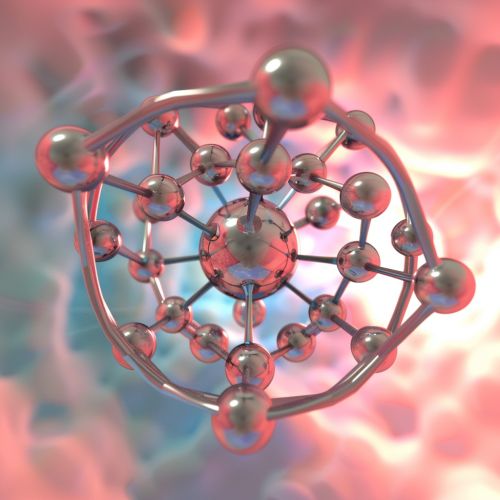HOMO
Overview
The Highest Occupied Molecular Orbital (HOMO) is a term in quantum chemistry and molecular orbital theory that refers to the highest energy orbital that contains at least one electron. In other words, it is the highest energy level that is currently occupied by an electron in a molecule. The concept of HOMO is crucial in understanding the behavior of molecules, particularly in reactions and bonding.


Theoretical Background
The HOMO is derived from the principles of quantum mechanics. According to the Pauli Exclusion Principle, no two electrons in a molecule can have the same four quantum numbers. This principle, along with the Aufbau Principle, which states that electrons fill lower-energy orbitals before moving to higher-energy ones, leads to the concept of the HOMO.
The HOMO is often compared to the Lowest Unoccupied Molecular Orbital (LUMO) as these two orbitals play key roles in chemical reactions. The energy difference between the HOMO and LUMO is referred to as the HOMO-LUMO gap, and it is a critical parameter in determining the reactivity and stability of a molecule.
Role in Chemical Reactions
In chemical reactions, the HOMO often serves as the donor of electron density, while the LUMO serves as the acceptor. This is the basis of the Frontier Molecular Orbital Theory, which provides a qualitative picture of chemical reactions. The theory posits that the most important orbitals in a chemical reaction are the HOMO of the electron donor and the LUMO of the electron acceptor.
In a typical reaction, the HOMO of one molecule overlaps with the LUMO of another, resulting in the formation of a new bond. The energy difference between the HOMO and LUMO can affect the rate and outcome of the reaction. For instance, a smaller HOMO-LUMO gap usually results in a faster reaction rate.
HOMO in Spectroscopy
The concept of HOMO is also important in spectroscopy, particularly in photoelectron spectroscopy. This technique involves the measurement of the kinetic energy of electrons emitted by a molecule when it is irradiated with ultraviolet or X-ray photons. The energy of the emitted electrons is directly related to the energy of the HOMO, allowing for the determination of the HOMO's energy level.
Calculation and Visualization
The energy levels of the HOMO and other molecular orbitals can be calculated using various computational methods, such as Hartree-Fock method, Density Functional Theory (DFT), and Møller-Plesset Perturbation Theory (MP2). These methods provide a quantitative description of the electronic structure of a molecule, including the energies and shapes of the molecular orbitals.
Once the molecular orbitals have been calculated, they can be visualized using molecular graphics software. These visualizations can provide valuable insights into the electronic structure of a molecule and its chemical properties.
